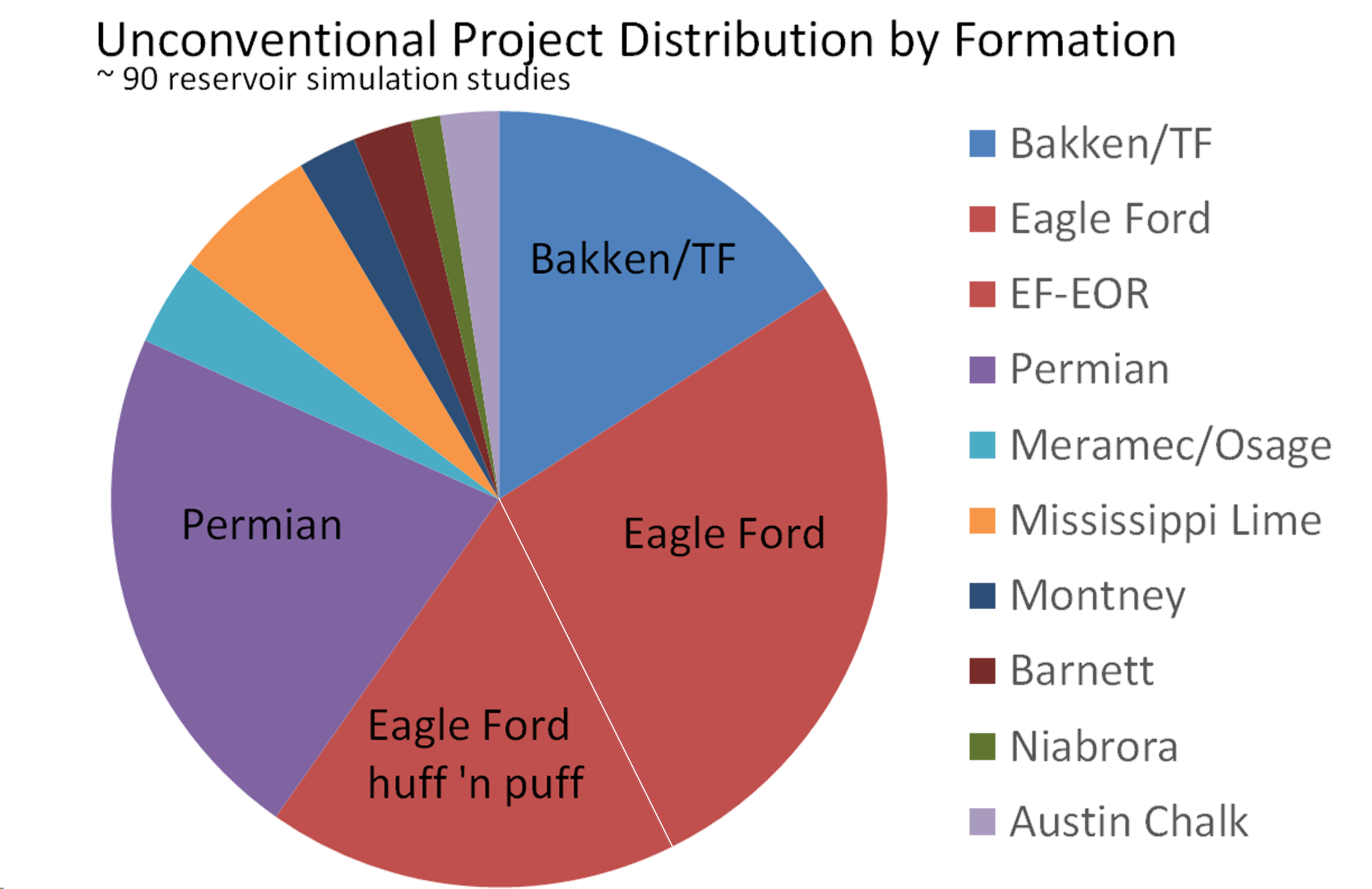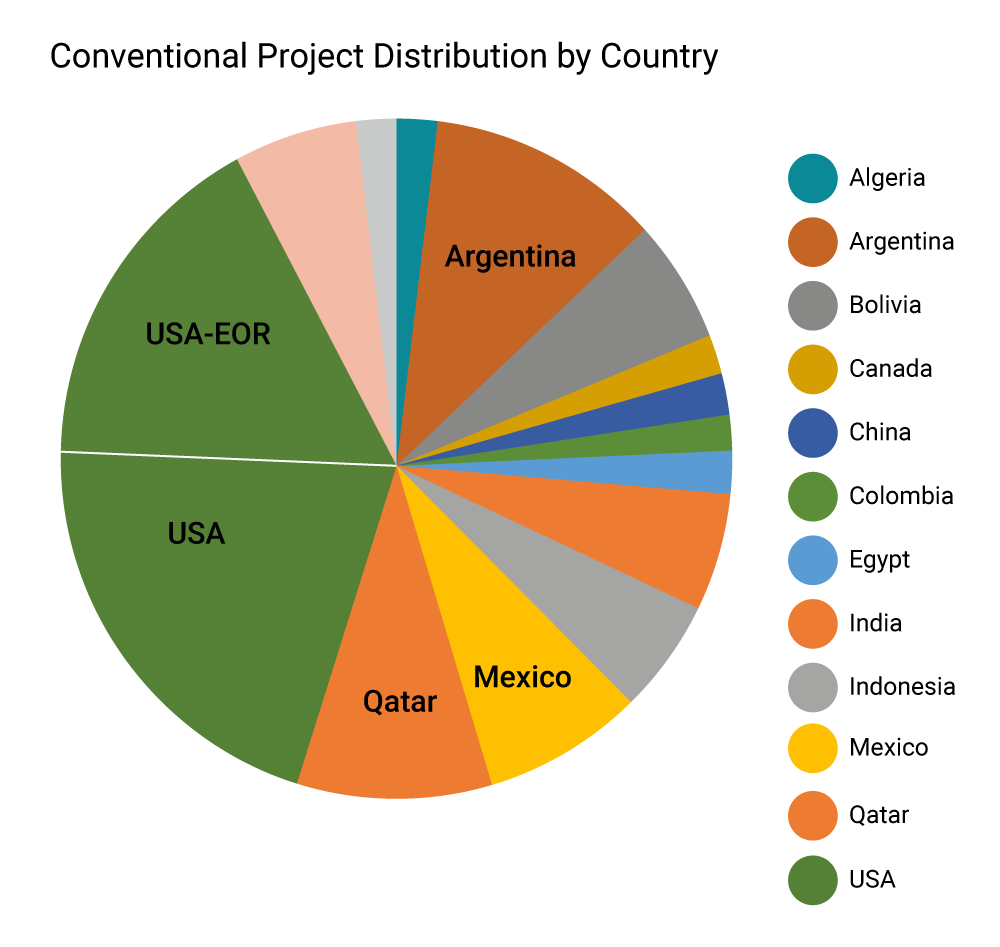NITEC solutions and services encompass all aspects of evaluating a client’s reservoirs and are only deemed successful if they address our client’s ultimate goal which is usually maximizing economic value at minimal risk.
Unconventional Solutions
Unconventional Solutions
NITEC has broad experience in use of numerical modeling of hydraulically fractured horizontal wells in maximizing asset value. NITEC’s proven technology and workflow help design and optimize asset development by addressing the following critical decision questions: Number of wells per DSU, Well landing, Vertical and horizontal well placement (spacing, staggering), Number, type, and size of the hydraulic fracture stages, Sequence of fracture treatments in pad completions (zippering), Placement of infill wells in areas of depletion (infill/offset relationship), and Implementation of EOR (Feasibility, pilot design, and evaluation, full-field development).

Conventional Solutions
Conventional Solutions
The reservoir evaluations NITEC has performed over the years vary in size, complexity, and reservoir type, reflecting the variations found in petroleum reservoirs worldwide. Our projects include volatile oil, medium and heavy oils, gas-condensate, gas, and gas storage fields found in clastic and carbonate lithologies with varying degrees of faulting and fracture complexity. Due to […]

Gas Storage Solutions
Gas Storage Solutions
Over 30 years providing decision support to gas storage companies for new field development, due diligence/field acquisition, inventory verification, and reservoir modeling for optimizing operations, storage expansion, gas migration control, deliverability improvement, and infrastructure investment for all types of reservoir storage fields, depleted oil/gas & aquifers in sandstone & carbonates.

CO2 Storage Solutions
CO2 Storage Solutions
NITEC developed CO2 storage assessment experience through DOE awarded projects. NITEC not only developed software for this purpose but also developed representative simulation models of individual oil and gas reservoirs in currently depleted GOM fields. CO2 sequestration in over 200 individual reservoirs is being simulated to better understand the impact of pressure, depth, reservoir depletion and fluid properties on the sequestration process.
